What is Marketing Strategy?
In today's competitive marketplace, businesses need a strong marketing strategy definition that puts the customer at the center. A Customer Driven Marketing Strategy focuses on understanding and meeting customer needs and preferences. This marketing strategy example helps build stronger relationships and ensures long-term success. Let's explore how to implement this approach effectively.
Understanding Your Customers
In this section, you’ll find the key components of understanding your customers and how to leverage this understanding to drive your customer driven marketing strategy example.
Identifying Target Audience
Identifying your target audience is the first step in the customer driven marketing strategy definition. Knowing who your customers are helps tailor your marketing efforts to their specific needs, like:
- Demographics: Age, gender, income, and education level. A luxury brand targeting high-income individuals will market differently than a brand targeting college students.
- Geographics: Location and cultural context. A business in a coastal city might focus on products suited for a beach lifestyle.
- Psychographics: Interests, values, and lifestyle. A company selling eco-friendly products will target environmentally conscious consumers.
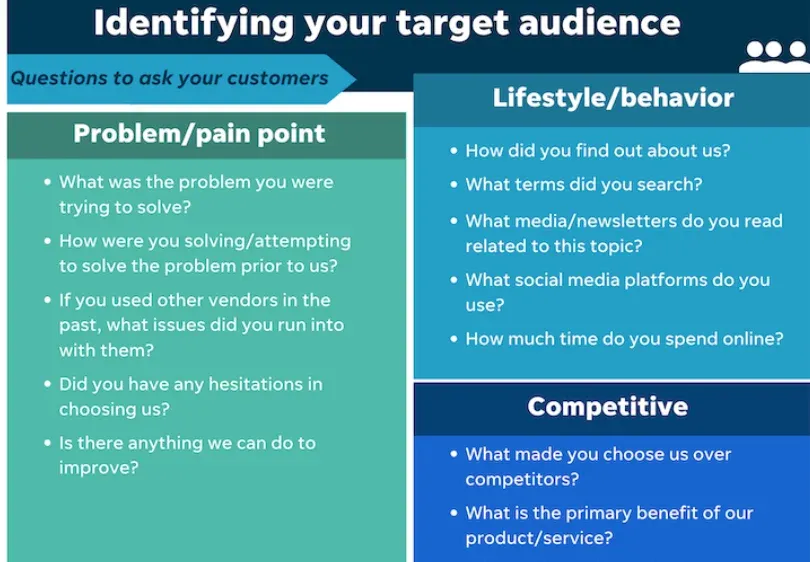
Market Research Techniques
Conducting thorough customer driven market research is essential to understand customer behaviors and preferences.
- Surveys: Collect data directly from customers. A tech company can use surveys to learn about user preferences for new features.
- Focus Groups: Engage with small groups for in-depth discussions. A food company can use focus groups to get feedback on new flavors.
- Competitor Analysis: Study competitors to identify market gaps. A startup can analyze established brands to find opportunities for differentiation.
Customer Personas
In customer driven marketing strategy definition, creating customer personas helps businesses visualize and understand their target audience.
- Detailed Profiles: Develop profiles that represent different customer segments. A retailer might have personas like "Budget-Conscious Buyer" and "Trendsetter".
- Behavioral Insights: Understand how different personas interact with your brand. A streaming service might note that "Binge-Watcher" prefers weekend releases.
- Pain Points: Identify and address common challenges faced by your personas. An online store might find that "Busy Professional" values quick, hassle-free checkout.
Building Customer Relationships
Strong customer relationships are at the heart of a Customer Driven Marketing Strategy. This involves personalization, engagement strategies, and gathering customer feedback.
Personalization
Personalization in customer driven marketing strategy example that enhances customer experience and loyalty.
- Tailored Content: Deliver content based on customer preferences. A news app might customize articles based on user reading habits.
- Product Recommendations: Suggest products based on past purchases. An e-commerce site can boost sales by recommending complementary items.
Engagement Strategies

Effective customer engagement strategies keep customers connected to your brand.
- Social Media Interaction: Engage with customers on social platforms. A clothing brand can use Instagram polls to understand fashion preferences.
- Email Campaigns: Send personalized emails with offers and updates. A bookstore can inform subscribers about new releases and special discounts.
Customer Feedback
Gathering and acting on feedback is vital for continuous improvement in customer driven marketing strategy.
- Surveys and Reviews: Collect opinions on products and services. A hotel chain can use reviews to enhance guest experiences.
- Customer Support Interactions: Use insights from support tickets to identify common issues. A software company can improve its product by addressing frequent user complaints.
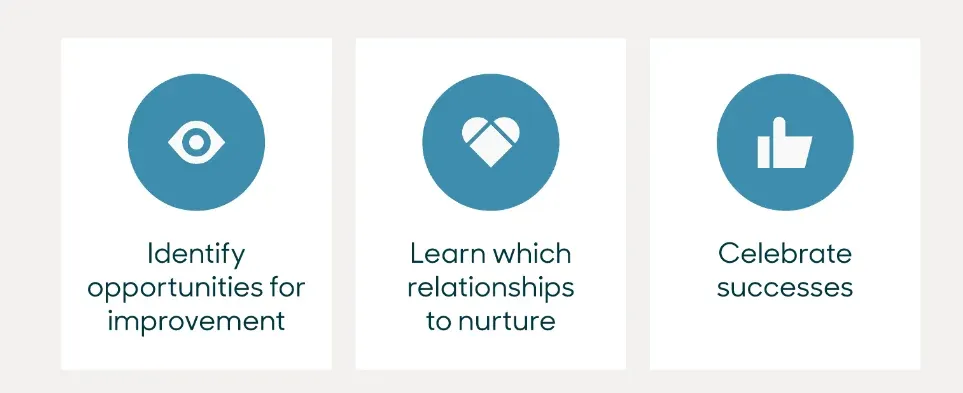
Creating Value for Customers
Creating value in customer driven marketing strategy is key to retaining customers and driving loyalty. This involves aligning your product or service with customer needs and clearly communicating your value proposition.
Product/Service Alignment with Customer Needs
Ensure your offerings meet the specific needs of your customers.
- Continuous Improvement: Regularly update products based on customer feedback. A fitness app might add new workout routines requested by users.
- Customization Options: Allow customers to personalize products. A car manufacturer offering custom features can better meet individual preferences.
Value Proposition
Clearly communicate the unique value your products or services provide.
- Unique Selling Points: Highlight what sets your product apart. An organic skincare brand can emphasize its use of natural ingredients.
- Benefits Over Features: Focus on how your product benefits the customer. Instead of listing features, a tech gadget can be marketed for its ability to save time.
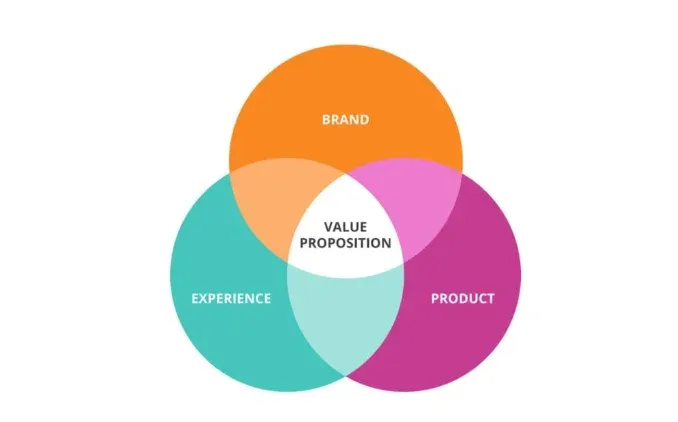
Effective Communication
Effective communication in customer driven marketing strategy ensures your message reaches the right audience through the right channels.
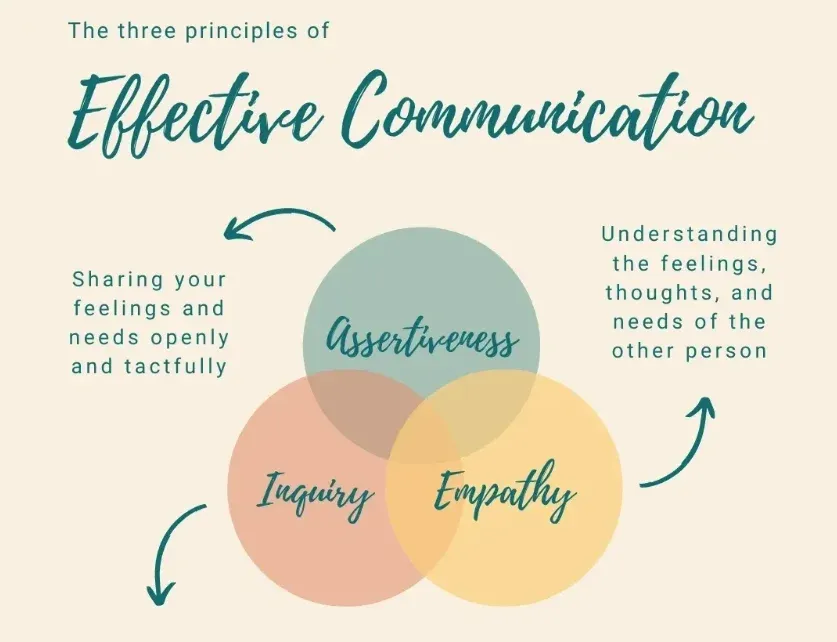
Clear Messaging
Your messaging should be simple, direct, and easy to understand.
- Consistent Tone: Maintain a consistent tone across all communications. A playful brand voice should be reflected in all marketing materials.
- Avoid Jargon: Use plain language. A financial service should explain its offerings without complex financial terms.
Appropriate Channels
Choosing the right communication channels is another marketing strategy example that assists in reaching your audience.
- Social Media: Engage with younger audiences on platforms like Instagram and TikTok. A fashion brand can showcase its latest collection through these channels.
- Email Newsletters: Reach a broad audience with regular updates. A travel agency can send newsletters featuring travel tips and special offers.
Consistent Branding
Ensure your brand is consistently represented across all platforms.
- Visual Identity: Use consistent colors, logos, and fonts. A coffee shop chain should have the same look and feel in all its stores and online presence.
- Brand Voice: Maintain the same voice and messaging. A health and wellness brand should always convey a message of positivity and well-being.
Utilizing Customer Data
In customer driven marketing strategy definition, data is crucial for understanding and meeting customer needs.
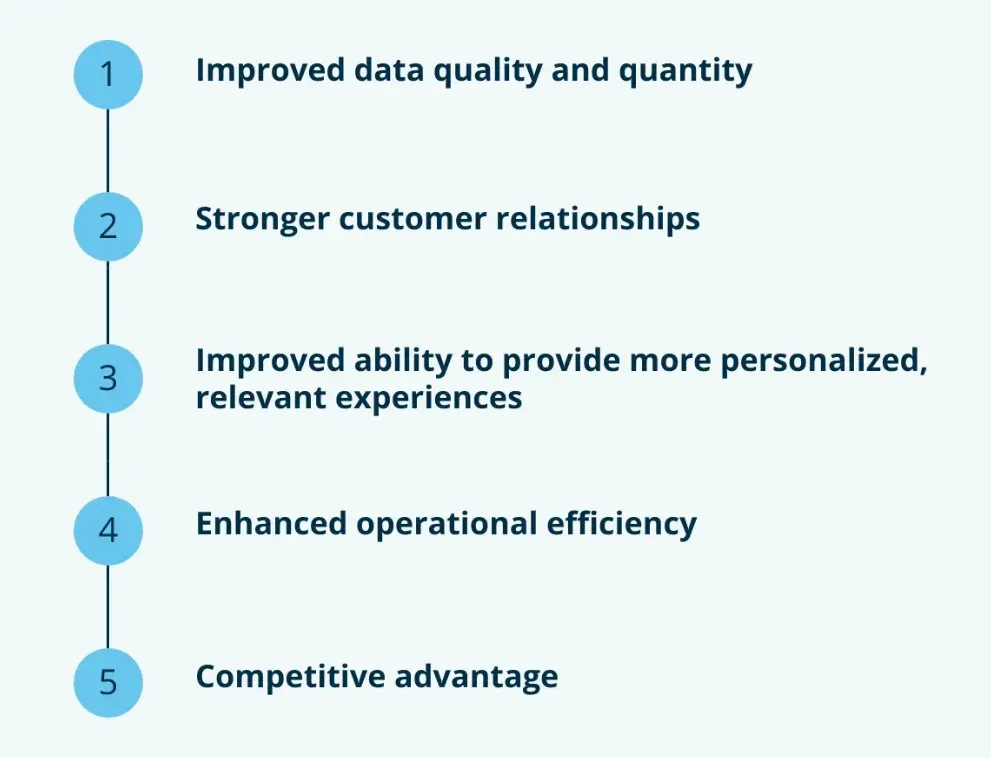
Data Collection Methods
Use various methods to collect customer data.
- Website Analytics: Track user behavior on your site. An online store can see which products are most viewed.
- Customer Surveys: Directly ask customers for information. A restaurant can survey diners about their favorite dishes.
Analyzing Customer Data
Analyze data to gain insights and make informed decisions.
- Behavioral Analysis: Understand how customers interact with your brand. A streaming service can analyze viewing habits to suggest new content.
- Segmentation: Divide your audience into segments for targeted marketing. A retailer can target promotions to different age groups.
Data-Driven Decision Making
Make decisions based on data insights.
- Product Development: Use data to inform new product features. A smartphone company can add features based on user preferences.
- Marketing Strategies: Tailor campaigns based on customer data. A fitness brand can create ads targeting users who engage with health content.
Adapting to Customer Feedback
Listening to and acting on customer feedback is essential for continuous improvement in customer driven marketing strategy.
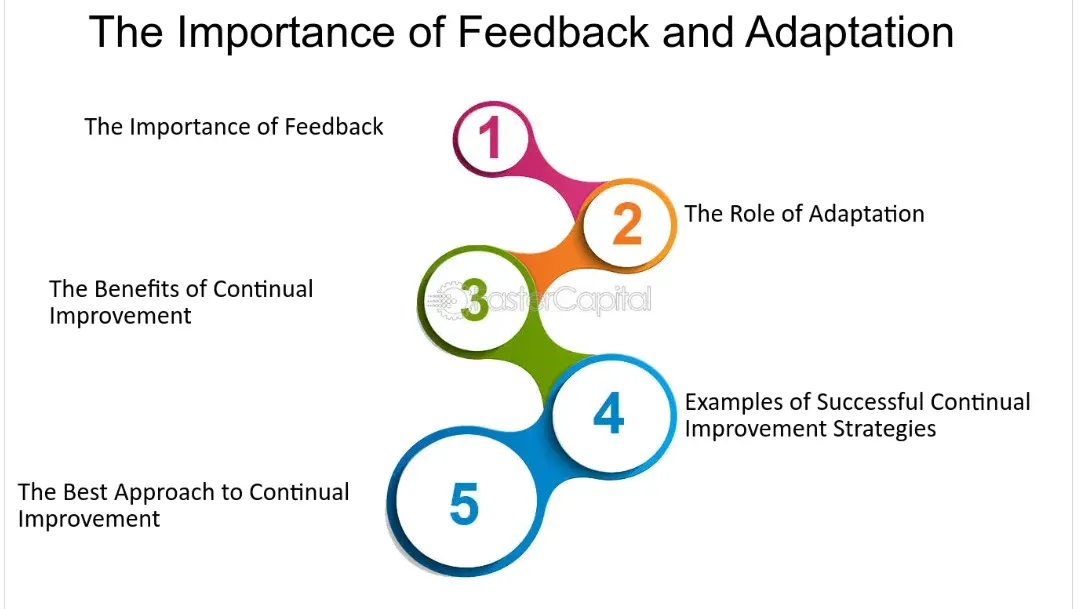
Importance of Feedback Loops
Establish feedback loops to regularly gather and act on customer input.
- Regular Surveys: Send out surveys after key interactions. A car service can survey customers after each appointment as a form of marketing strategy example.
- Feedback Channels: Provide multiple ways for customers to give feedback. A retail store can collect feedback online and in-store.
Implementing Changes Based on Feedback
Use feedback to make meaningful changes.
- Product Adjustments: Update products based on customer suggestions. As a marketing strategy example a software company can add features requested by users.
- Service Improvements: Enhance services based on feedback. A hotel can improve its check-in process if guests report long wait times.
Suggested Reading:
Retail Marketing
Measuring Success
Measuring the success of your Customer Driven Marketing Strategy ensures you stay on track and make necessary adjustments.
Key Performance Indicators (KPIs)
Track KPIs to measure the effectiveness of your marketing efforts.
- Sales Growth: Monitor changes in sales over time. An increase in sales after a marketing campaign indicates success.
- Customer Acquisition Cost: Measure the cost to acquire each customer. Lower costs suggest more efficient marketing.
Customer Satisfaction Metrics
Use metrics to gauge customer satisfaction.
- Net Promoter Score (NPS): Measure the likelihood of customers recommending your brand. High scores indicate strong customer loyalty.
- Customer Satisfaction (CSAT): Use surveys to measure satisfaction with specific interactions. Positive scores reflect good customer experiences.
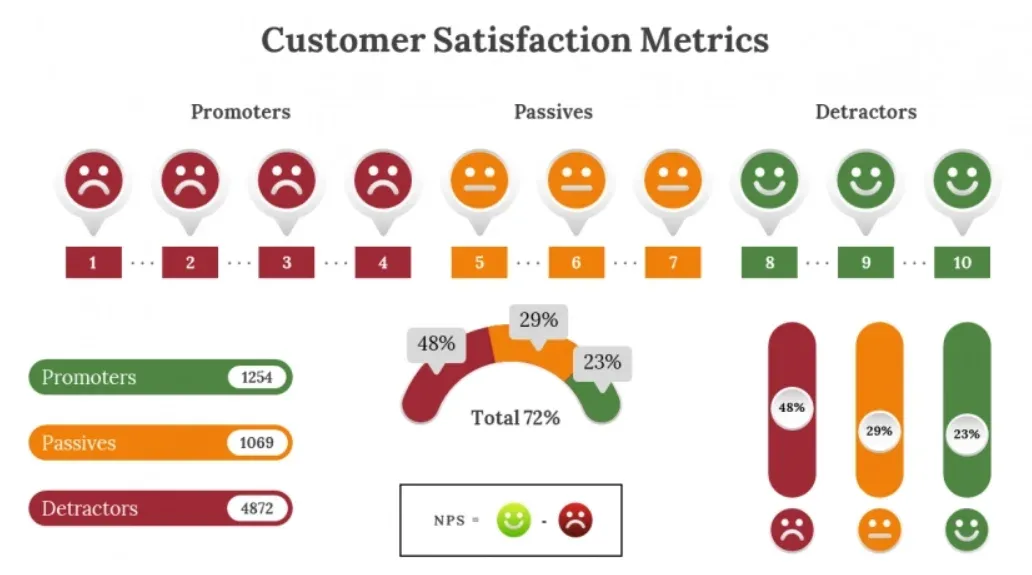
Continuous Improvement
Always seek ways to improve your customer driven marketing strategy.
- Regular Reviews: Periodically review your strategy and results. For a marketing strategy example, a quarterly review can help identify areas for improvement.
- Adapt to Changes: Stay flexible and adapt to new trends and feedback. A tech company should continuously update its offerings to keep up with industry changes.
Frequently Asked Questions (FAQs)
What is a customer driven marketing strategy?
A customer driven marketing strategy focuses on creating value for customers by understanding their needs, preferences, and behaviors to deliver tailored products and experiences.
How does customer driven marketing benefit businesses?
Customer driven marketing strategy enhances customer satisfaction, loyalty, and retention, leading to increased sales, positive word-of-mouth, and sustainable business growth.
What are the key components of a customer driven marketing strategy?
Key components of customer driven marketing strategy include customer segmentation, personalized marketing, customer feedback, data analysis, and continuous improvement.
How can businesses implement a customer driven marketing strategy?
Businesses can implement customer driven marketing strategy by collecting and analyzing customer data, segmenting customers, personalizing communication, and continuously adapting to customer feedback.
Why is customer feedback important in a customer driven marketing strategy?
Customer feedback in customer driven marketing strategy provides insights into customer preferences, pain points, and satisfaction levels. Thus helping businesses to improve products and services.
